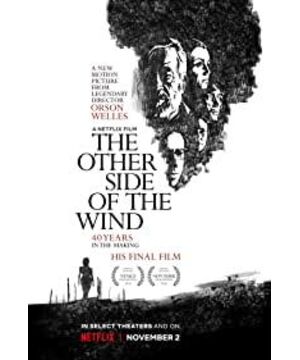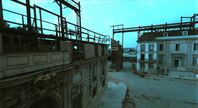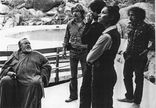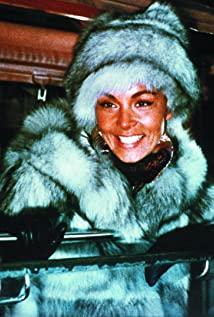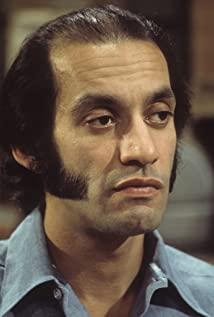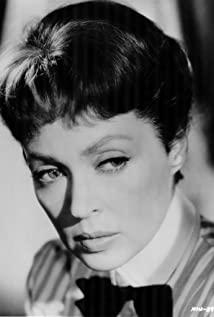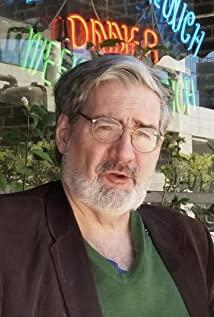Written at someone's request.
The opening paragraph of Bogdanovich's monologue outside the movie and within the "real" space constitutes the most primitive first-floor upper space . The entire outline-style monologue is quite literary, similar to the dream of Red Mansions about the illusory realm. The intertextuality and mutual mapping with the following text can also be understood by the crystal concept involved in Deleuze's "Time-Image":
1. A close-up image of a car accident and rollover ; the mutual mapping and potential mutualization of "non-existent car accident" and "if it is a car accident (accident)". In particular, the mutual mapping of the synonymous meanings of "car accident" and "accident" in English also reflects the use of subordinate clauses in mainstream western language grammars to demonstrate the essential awareness of connecting different time-images as a film language in the context of the western language system. Morphological basis.
2. The appearance of the character begins with an adverbial clause of time led by before, assuming a certain time-image possibility, namely "Hannaford sent a car to John Dale to prevent him from committing suicide" , and added at the end of the sentence The complementary "it is said to be so" and the preceding sentence "Original" have produced mutual mapping and potential mutualization; furthermore, with the so-called "non-existent car accident" and "if it is a car accident", another level of intertextuality is formed. Mapping and transforming each other, thus forming a cycle of time crystal images.
3. From the death of the "non-existent" John Dyer to the death of Hannaford, which takes place outside the film and within the "real" space monologue. Behind the shady came the affirmations and denials of "His admirers are certain that Hannaford had no intentions", the mutual mapping between Hannaford and his admirers, and the sympathy of many of the main characters in the later films. "Admirer" images: Olga Kodak, John Dale and more. The consequent "get the car off the bridge" assumption "doesn't exist" called the "cliché ending" and the Hannaford method of death and monologue describe "surely no such mistake would be made." The subjective judgment narrative of "His admirers are sure, Hannaford has no intentions" in the previous paragraph , but it forms a brand new double affirmation; The images that flashed through many people’s conversations) formed new contradictions and mutual mappings, which made the “indiscernibility” and “uncertainty” mentioned in the so-called Deleuze crystal image theory even more sharply increased.
4. After the self-emergence of Brooks narrated from the first-person perspective, the narrative and video content immediately involved a large number of so-called collective shooting materials (at the same time, a large number of pictures of different people carrying different cameras in different time and space appeared), making The so-called "object personification" concept of the camera, which is widely confirmed in the film later, appears; and it is the emergence of the new independent role of the camera that makes the film appear in the structure of a new film space, the camera space, which acts as the camera space. The role of the inside and outside of the painting is similar to "intermediate layer" or "channel", "bridge", which makes the connection, mutualization and mapping between inside and outside the painting physical and figurative. It is an extremely important and outstanding artistic feature of the film, which will be analyzed in detail later.
2018.11.12 Self-determination
View more about The Other Side of the Wind reviews


